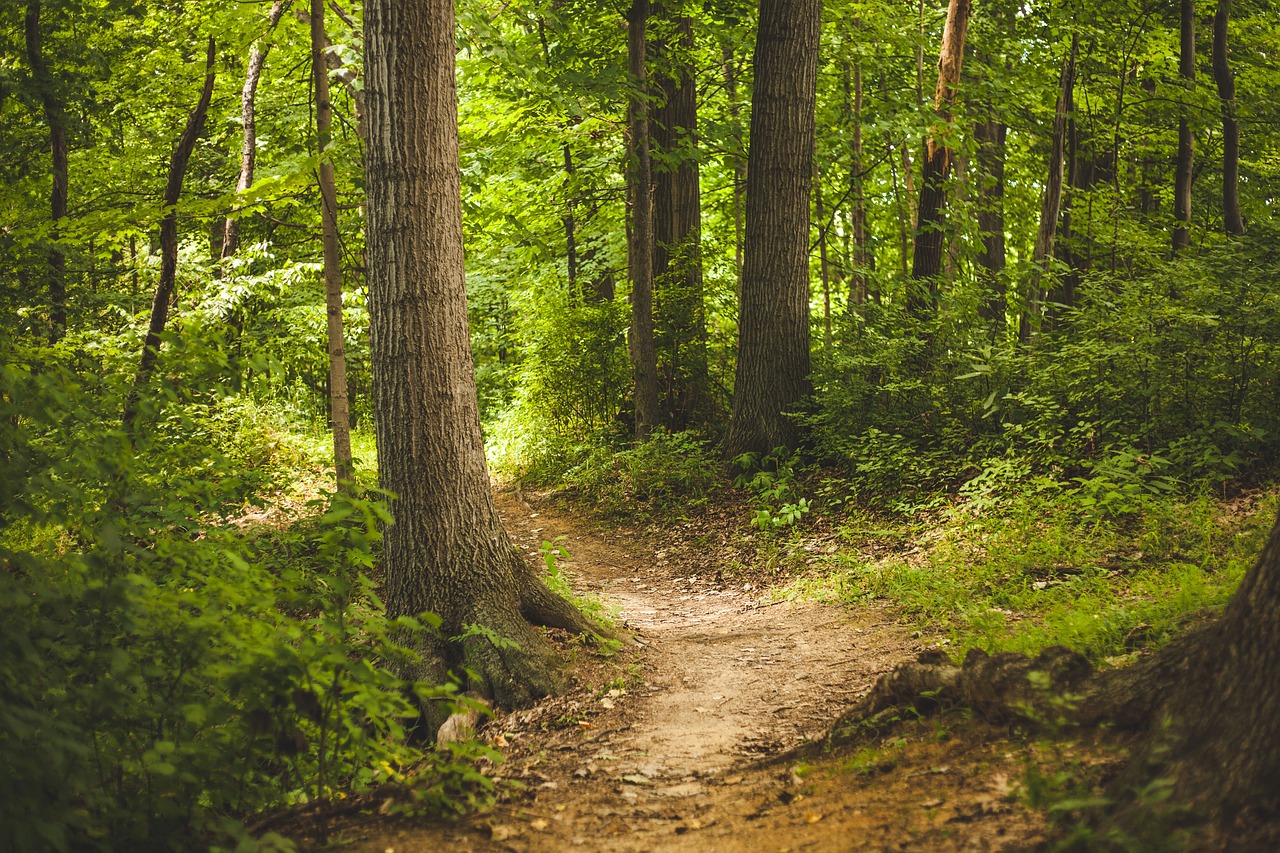Timber Evaluation, Land and Investments

Timber Cruising and Value Estimation
Cruising timber is a systematic process used to estimate the value of standing timber and determine potential tax benefits associated with a timber basis. It involves collecting data on various characteristics of the timberland, such as tree species, age, size, and quality, to assess its worth.
The first step in cruising timber is conducting a thorough inventory of the timber stand. This involves walking through the forest and visually inspecting the trees. The cruiser identifies different tree species present, measures tree diameters at breast height (DBH), and estimates tree heights. This information helps determine the timber volume, which is crucial for valuation.
Once the necessary data is collected, volume equations specific to the tree species and region are used to estimate the total volume of timber in the stand. These equations consider the tree’s DBH, height, and other factors to calculate the board feet or cubic feet of timber available.
The next step involves assigning values to the timber based on prevailing market prices. This can be done by referring to local timber price reports or consulting with forestry professionals. The total value of the timber stand is determined by multiplying the volume estimates by the corresponding market prices.
In addition to timber valuation, cruising also helps assess the potential tax benefits associated with the timber basis. A timber basis represents the owner’s investment in the timber, which can be used to reduce taxable income. The cruising process provides the necessary information to establish the basis by considering the acquisition cost, reforestation expenses, and other associated costs.
By accurately estimating the value of the timber stand and establishing a timber basis, landowners can make informed decisions about forest management, potential timber sales, and tax planning. Professional foresters or consultants often assist in the cruising process to ensure accurate and reliable results, helping landowners maximize the value of their timberland assets.

Land investment Evaluations
Buying land and managing forests as an investment involves considering various factors such as logging characteristics, soil type, location, distance to mills, and development potential for recreation and commercial real estate. These factors play crucial roles in determining the profitability and long-term value of the investment.
Logging characteristics are essential to assess the quality and quantity of timber resources on the land. Factors such as tree species, age distribution, and growth rates impact the potential yield and value of the forest. An investment in land with well-managed and sustainable logging characteristics can ensure a steady income stream from timber harvesting.
Soil type influences the productivity and suitability of the land for different tree species. Understanding the soil’s fertility, drainage capabilities, and nutrient content helps determine the potential for timber growth and long-term forest health.
Location is a critical factor in land investment. Proximity to mills and transportation infrastructure affects the cost and efficiency of timber harvesting and transportation. Access to markets can impact the selling price of timber, making it important to consider the availability of mills and potential buyers in the region.
Development potential for recreation and commercial real estate adds another dimension to the investment. Land situated near desirable recreational areas or with potential for commercial development can enhance its overall value. Assessing zoning regulations, market demand, and the potential for future development can provide additional avenues for generating income from the land.
Buying land and managing forests as an investment requires careful consideration of many different factors. Evaluating these factors helps determine the profitability of the investment, the sustainability of timber resources, and the potential for additional income streams through recreation and real estate development. Let us help you with this process.
Money does grow on trees.
Growing trees on investment land can be a lucrative endeavor with numerous benefits. Firstly, trees act as valuable natural assets, appreciating in value over time. They provide a sustainable source of timber, yielding profitable returns through selective logging. Moreover, trees enhance the overall aesthetic appeal of the land, attracting potential buyers and increasing its market value. Additionally, they contribute to environmental conservation by mitigating climate change through carbon sequestration and providing habitat for wildlife. Furthermore, tree farming offers opportunities for diversification, allowing landowners to explore additional revenue streams such as agroforestry or ecotourism. By investing in tree growth, landowners can maximize their financial gains while promoting sustainability and environmental stewardship.
